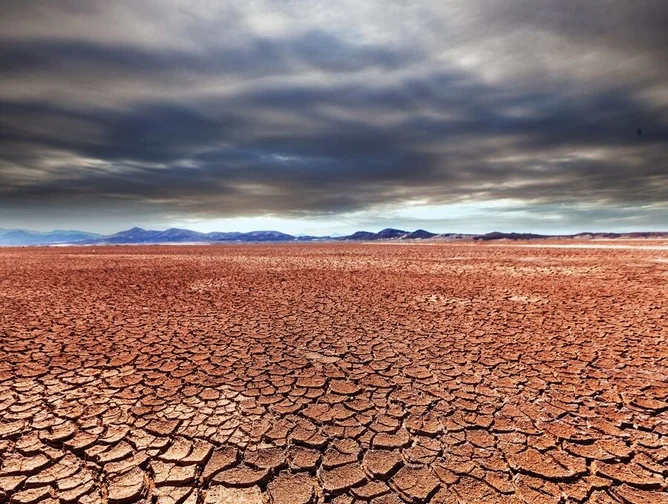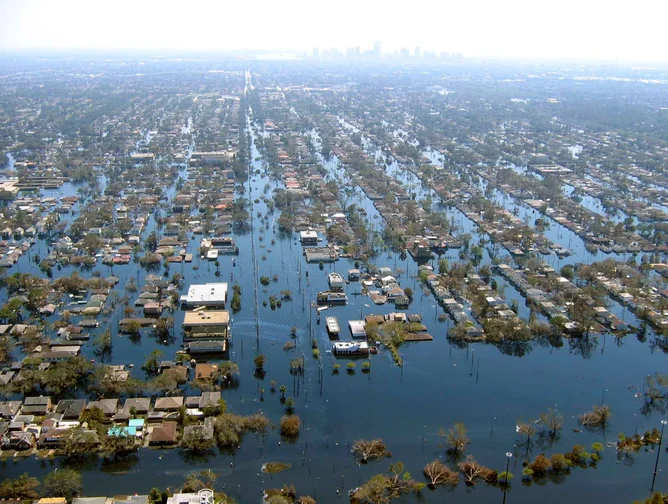The World Meteorological Organisation stresses the need for climate mitigation, adaptation and resilience in its “State of Climate Services” 2024 report.
The World Meteorological Organisation (WMO) highlights the need for industrial climate services to support mitigation, adaptation and increase resilience in the challenges faced due to climate change.
WMO’s “State of Climate Services report” says that in 2024, 33% of National Meteorological and Hydrological Services (NMHSs) provided climate services at an “essential” level and just under 33% at a “full” level.
The report says that in Africa and Asia, more strides have been taken to boost the capacity of NMHSs, thanks to targeted adaptation funding.
What’s in the State of Climate Services report?
The report says that 2023 was the warmest year on record to date, with this continuing into 2024 and climate extremes becoming more intense and common.
The good news is that climate-related deaths have decreased over time due to better warning and risk management; however, the bad is that economic losses are increasing.
Heat-related events have become the leading cause of deaths, causing 57% of total reported weather, water and climate-related deaths globally.
WMO Secretary-General, Celeste Saulo, says: “On our journey towards sustainable development, we need to do more to turn climate science and climate information into actionable services, to make climate services more accessible and to use them more effectively.
“In the face of unprecedented environmental challenges, the development, delivery and use of climate information to enable climate action has never been more crucial.”
Despite the increase in climate services, the report shows that continued investments are not translating into support for building capacities of NMHSs – essential for the support of climate action on both national and local levels.
An example being Latin America and the Caribbean’s growing need for early warning services to deal with forest fires and droughts.
WMO annual reports meet the criteria for the UN Framework Convention on Climate Change Conference of the Parties (COP):
- Information of adaptations needed
- Identify steps needed to address climate service gaps
- Inform more effective investments
- All climate action investments need to be climate informed
This information can support governments and leaders in attendance to make informed decisions.
The 2024 report analyses and explains how specific countries including Seychelles, Mauritius, Laos and Ireland have succeeded in developing and using climate services to deliver a range of socioeconomic benefits and to advance climate action.

The report is based on contributions from 38 partners, including major climate finance institutions like:
- The Green Climate Fund
- Adaptation Fund
- The Global Environment Facility
These are all founding partners of the report series and the UNFCCC Secretariat.
What are climate services?
Climate services are the supply and use of climate data, information and knowledge to assist decision making.
These services require appropriate engagement between the recipient of the service and its provider to produce services that support decision making processes and mechanisms that enable communication and timely action.
Businesses could use this information to answer questions such as:
- Should vaccination programmes be planned in the region based on the likely impact of forecast seasonal rainfall?
- Should drought-resistant seeds be planted next season based on the likely impact of forecast rainfall and temperature?
- How much wind and solar resources can we expect to get in various areas in the coming months, seasons and years to establish and operate new renewable power plants?
- Will children’s access to schools be affected by extreme rainfall or drought? Will we need to reschedule the school day and school year to account for heatwaves?
- Is the city’s infrastructure resilient to projected changes in extreme rainfall under a changing climate?
- How might sea level rise impact coastal communities and infrastructure in the coming decades and what investments are needed to adapt?

Of the US$63bn being spent on climate adaptation, nearly a third goes towards climate-informed investments.
According to the report, a small portion (US$4-5bn) supports climate services and early warning activities.
Celeste explains: “We need to make the necessary investments for a sustainable future. The cost of no action is several times higher than the cost of action.
“This is why it is essential to increase support for NMHSs for collecting better knowledge of the Earth’s system and its changes, delivering fit-for-purpose climate services to support decision making and developing early warning systems to protect communities from increasing natural hazards.”
The need and progress of climate services
More than 80% of the 58 countries that have submitted a national adaptation plan (NAP) acknowledge and recognise the importance of climate services as part of their national adaptation strategies.

Dealing with extreme events is no longer about reacting to immediate crises; it’s a crucial component of climate action.
These climate services help to bridge the gap between short-term weather events and long-term climate impacts.
Less than 20% of NMHSs reported that they have conducted socioeconomic benefit (SEB) assessments of their weather, climate and hydrological services over the last ten years.
WMO analysis shows that of the services being provided to national governments, agriculture and emergency planning and response are in highest demand with increased attention on health and ecosystems and biodiversity.
This trend shows a growing recognition of the value climate information holds for business continuity, risk management, and strategic planning.
Lubomila Jordanova, Co-Founder of Greentech Alliance and CEO and Founder of Plan A, says: “It really is about explaining to companies that climate risk is financial risk. Anyone that wants to be financially sustainable in the coming decade is dependent on preparing themselves for a future-proof reality.
“They must understand the impact they have on this planet and how it can be mitigated so that they don’t necessarily experience any negative repercussions of climate change that can impact their supply chains or employees.
“It’s about preserving the quality of their supply chain by making it more sustainable.”



